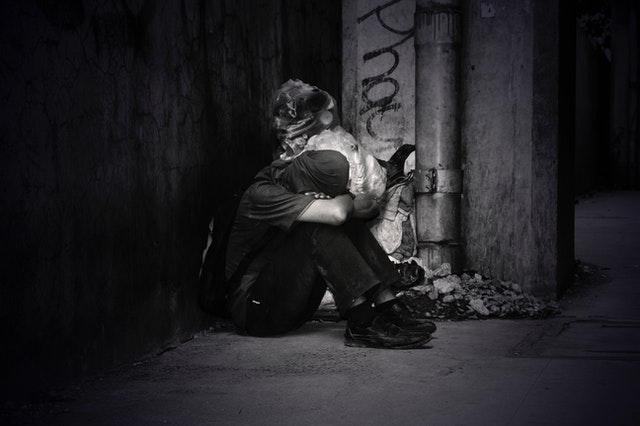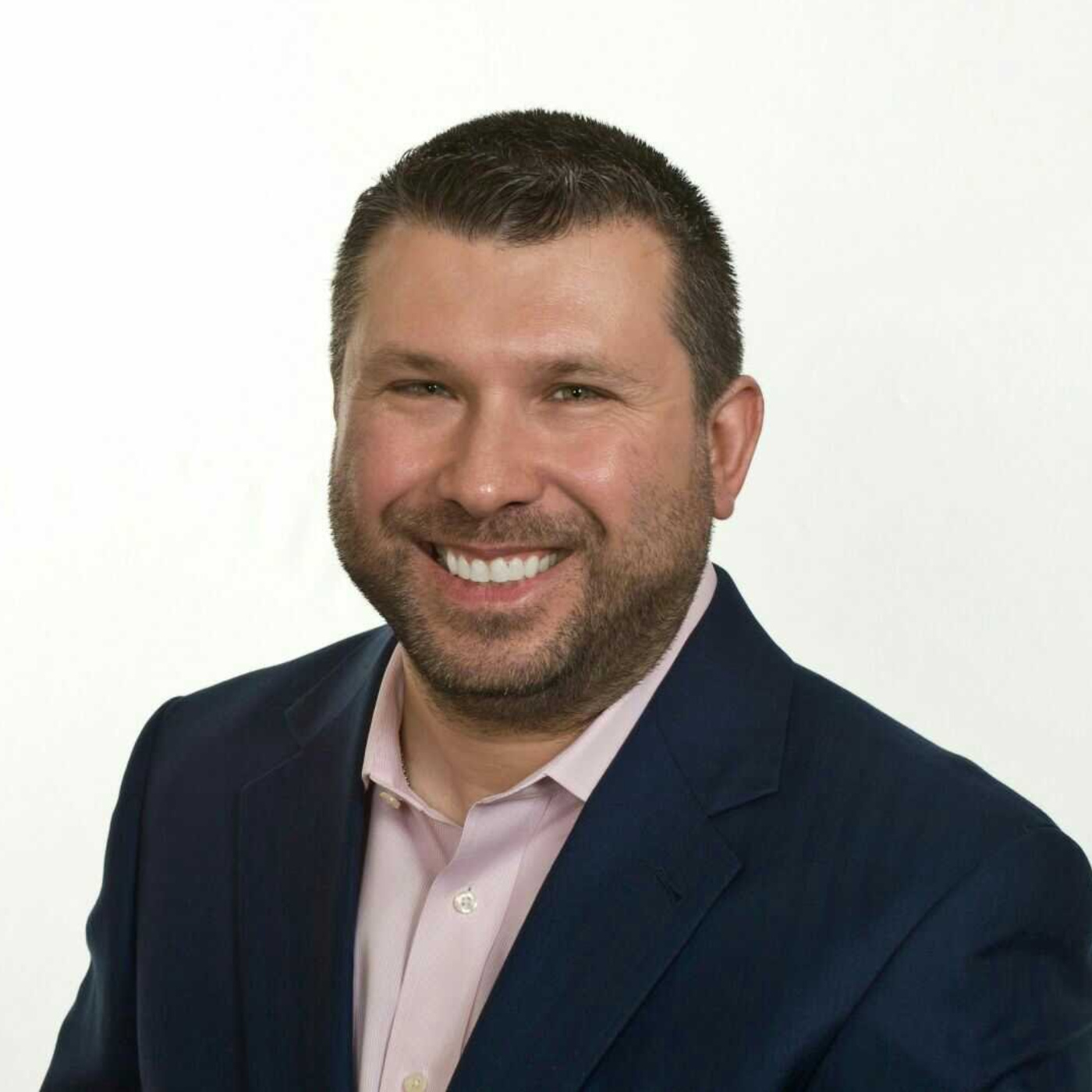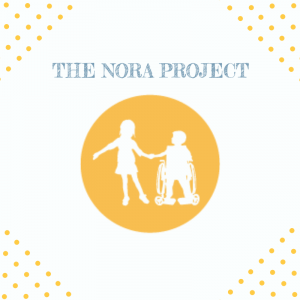Let’s talk movies for a change shall we? No, I don’t mean what you streamed last online or what is playing at your local movieplex. I’m referring to a very specific genre of film, and one that has very special and unique meaning for me: the Jesus movie. If you are a Christian you have certainly seen your share of these in your life, and based on your age, you probably have seen quite a few and a large variety. As a Christian and a lover of film, I find it fascinating how the nature of these films change over time, some more “Hollywood-ish”, and some more simple and historically accurate. For example, you can look at the blond haired/blue eyed, Jeffrey Hunter in King of Kings, the darker featured Max Von Sydow in The Greatest Story Ever Told, and of course everyone’s default favorite, the raw telling of the crucifixion in Mel Gibson’s The Passion of the Christ. My personal favorite, however, is the lengthy 1977 epic Jesus of Nazareth, written and directed by Italian filmmaker Franco Zeffirelli. This is a version of Jesus’s life that I grew up with watching during holy week in the 1980’s, and it was presented as a miniseries over two nights on Palm Sunday and then Easter Sunday. I have always enjoyed watching this film, and being a movie snob, I always felt it held up as a quality retelling of Jesus’s life, with great acting and a well written screenplay.

I am reflecting on this as I prepare for a presentation at a special needs ministry conference this month, and felt called to share a particular scene from this film, and thanks to the magic of the Internet, I get to both watch and share it. The scene takes place later in the film, and it is one that many Christian parents of special needs children refer to when they speak of God’s grace and provision for our families. It is the episode in John 9 when Jesus heals the blind man who had been blind from birth, and when questioned by his disciples “who sinned?”, as in he or his family before him, Jesus corrects them and explains that “It was not that this man sinned, or his parents, but that the works of God might be displayed in him.” (John 9 ESV), and then proceeds to cover his eyes with mud and asks him to wash in a nearby pool, upon which his blindness is healed and for the first time in his life could see, and proclains to everyone he knows what happened. This event resonates with families like ours for a few reasons I think, as it shows the kindness of our loving God towards the disabled, the ability of God to cure and heal despite the condition, and most of all perhaps, the fact God’s glory is still made manifest even in those who appear broken. For all of these reasons, I found myself drawn to this scene in the film as I prepared for my conference, and while it does take some minor liberties with the Gospel story, I believe it is still a very powerful retelling of it. I would like to now walk you through my interpretation of this scene from the film, why I find it so powerful and what it means for us as parents.
The scene opens at the steps leading into the temple in Jerusalem, it is Holy Week and Jesus is going into the temple prior to the Passover (this differs from the account in John, as it takes place outside of the temple). There are several beggars on the steps, one in particular who is banging on the hewn rock with his staff, he is dressed in rags and is calling out to every passerby: “Help, help for the poor blind man, I was born blind, may the Lord give you happiness, give you good health.” As the camera pans the crowd moving in it stops on the figure of Jesus, who pauses and looks at the man before moving in. We also see another shot of the temple entrance, with the masses coming in as the shofars blow to signal time for worship that day. From there, we are quickly taken back into temple courts, and see, interestingly enough, the disciples “escorting” the blind man inside and bringing him to Jesus. This may be the most significant place in which the film shifts from the Gospel account, as there is no mention of this and it seems rather out of character for them to do. Nonetheless, he is brought kicking and screaming to Jesus, who is busy making a paste of mud in his hands, while Peter takes his ear to questions Jesus’s intentions, saying “Master, that man was born blind, if he has accepted his lot then why then change it?”, to which Jesus quipps back “He lives in darkness! And as long as I am in the world, I am the light of the world.”, and begins to spread the mud across his eyes. The blind man screams in pain, “You are hurting me…my eyes, they’re burning, what have you done?”, to which Jesus tells the disciples to “go and wash his eyes.”
The disciples then move him, while he’s still struggling, to a nearby pool, hold him while he crouches down on the steps at the opening between two curtains, and proceed to help him clean his eyes and face. While they all snicker and joke about how much he’s complaining about his situation, the camera then moves to the water in the pool, first almost pitch black, and then with bits of light shimmering on it. “I can see!”. The man blinks his eyes several times, wipes off more of the water and continues to proclaim, “I can see! I’m not blind anymore!” Grabbing the disciples by the face and speaks directly into them, “I can see you! And You! Brothers now I know what it means to see!” He takes hold of the curtains at the opening of the pool, moving them about like sails bustling in the wind, “I can see the world!” Meanwhile, the bustle has attracted some of the high priests who were doing their rounds in the Temple, and when a couple of them joined the crowd to see what was happening, they begin to whisper amongst themselves about the man and his healing, asking each other what they thought about that, eventually bumping into and confronting him. “What have you got to say? What have you got to say about the man who healed you?” When the man, overwhelmingly giddy about his new ability, replied with “He’s a prophet, there is no doubt.”, one of the priests stepps forward to challenge, “What are you saying, you got your sight back from God not that man he’s a sinner!” The man just shakes off the comment and replies matter-of-factly, “I don’t know, I don’t know whether he’s a sinner or not, I only know one thing, I was blind, i was blind before and now, I can see!” He then quickly shifts his focus on finding and thanking Jesus, “I must find this man, and thank him for what he’s done for me!”
The now sighted man begins running through the temple courts in a frenzy, screaming in an excited voice to anyone he sees “Where is he? Where is he?”. Finally, one of the disciples grabs hold of him and moves him towards the other side of the courtyard, where Jesus and the disciples are grouped together in a small space behind some pillars. The man gets down on his knees and, looking face to face with Jesus, softens his volume but with a still amazed tone in his voice shares “Master, I can see!” Jesus, seemingly sharing in this man’s amazement, slowly rises and approaches the man, and as he locks onto the man’s gaze, he stands over him and asks “Do you believe in the Son of Man?”. The man, almost trembling at this point, replies in earnest “Who is he master, that I may believe in him?”. Jesus lovingly answers, “You’re seeing him, it is He that is speaking to you.” The man, eyes now fully open, stares at Jesus and affirms, “I believe, Lord”, and collapses at Jesus’s feet.
“Make way, make way the high priest is coming!” The tender moment suddenly dissipates with the arrival of the crowd of Jewish religious leaders. The head of the group steps forward and accuses the formerly blind man: “This lying cheat was never blind, and he only pretended to be blind to earn his living in the temple.” As scattered voices among the crowd hurl insults towards the man, the leader silences them by raising his staff and turns his attention to question the healer. “And what’s your story, that you can give sight to the blind?” Jesus reassuringly places a hand on the top of the man’s covered head, who was now cowering next to him, and replies, “I came into this world to give sight to those who cannot see…and to take away sight from those who can.” Puzzled, the priest probes him further, “What do you mean by that, that we who are righteous are blind?” Jesus now assertively moves towards the priest, and with a most intense stare explains, “If you were blind, you would be without sin…but since you say we see, your sin remains.” That statement shakes the group to its core, and immediately a thunderous roar of accusations get hurled towards Jesus, calling him everything from a cheat to the Devil. The camera moves up from the backs of the crowd and we see the mass of bodies that have now essentially cornered Jesus, and as the tension rises we are left to wonder how will our savior respond?
Jesus turns back to the crowd with a now raised and agitated voice, pointing at the crowd and beginning his convicting narrative, one that we are most familiar with from the Gospel reading: “Woe to you scribes and pharisees, hypocrites all!” “You shut out the kingdom of heaven against men, you do not go in yourselves, nor do you let others enter, blind guides!” “You are like whited sepulchres, all clean and fair without, but within, full of dead man’s bones and all corruption!” He moves around the crowd and seems to flank them pushing himself and the disciples into the open courtyard, the high priests looking shocked that their authority was being challenged within the temple grounds. As the camera works its way around the masses, allowing for viewing angles at different heights and from around corners and in between pillars, we see the magnitude of this moment, Jesus calls out the hypocrisy of the leaders, prophesies the destruction of the temple, and begs the question, “How can any of you escape damnation?” By this point, we are treated to a very dramatic place in the film, and one of very specific tension, as the ruckus on the grounds calls out an influential leader of the sanhedrin, a fictional character named Zerah, who, in the film at least, is instrumental in Jesus’s arrest and ultimate judgement. Jesus moves to the middle of the courtyard, directly in line with the steps and doorway that Zerah stands in, and in a loud voice, to everyone assembled but seemingly to Zerah personally, “You shall not see me here again, not until you learn to cry, blessed is he who comes in the name of the Lord, for I and my Father are one and the same.” The crowd whips into an absolute frenzy, amidst cries of “blashephemer” to the disciples shouting back “this is the man!”, as Jesus takes one last hard look, and walks out onto the streets, a riot essentially breaking out.
While this is no doubt a powerful piece of film, we must nonetheless treat it as an important retelling of a very significant piece of the Gospel for special needs families. But how then, does this visual recreation speak to us, as parents of our special children, and how does it help us to further understand how our Lord supports us? Well, here then is my essential movie critic review. To begin with, the first thing we must take notice of is that the blind man on the steps of the temple is seemingly ignored by the crowds, except for Jesus, who stops, turns and reflects on the man and his life as a blind beggar. The first thing we must understand is that while many in the world may ignore or turn away from our children, our Lord always sees them, and reflects on their lives with such great concern. How much concern? Enough to ask the disciples to drag him into the temple so that he might be healed, and against the questioning of Peter, as to why Jesus would even bother with him at all. Here we should remember that as the Gospel story tells us, the man’s condition exists so that the glory of God could be made manifest, for as long as He is in the world, He is the light of the world, and he has the power of healing against any consideration. Yet even as the mud is spread on his eyes, the man fights the healing, as it burns, it is different, it is not what he’s used to, yet God called him through darkness and pain into healing and light. How often do we fight against the pain and darkness of our condition, while perhaps we should remember that even in such places our Lord calls us, pushes us even into love and understanding. And we are brought to the pool, thinking of only removing the dirt from our eyes when in reality we are removing all of the scales that keep us from true sight. How often have we only concerned ourselves with the dirt on our eyes, not truly accepting the miracle that may be just a few steps away,
But even if we embrace this new reality, just as in the story, the world may close in on us and make judgement otherwise, as the high priests came and surrounded the man and accused him of lying, almost suggesting that he’s just not allowed to be healed. I know that I have experienced such judgements regarding my own child, through the years hearing comments along the lines of “he won’t get better”, “he’ll never do this”, “don’t believe in miracles”. Yer while we feel ourselves trapped in the corner as the man was with the scoldings of the world coming after him, there, standing over him, with a loving hand on his head and a firm voice to rebuke the crowd, protects us, cares for us, loves us. And even when the crowd presses after the man more, Jesus pushes back harder, fully condemning their actions, and in the process, at least in the film version, allows himself to be condemned by the religious leadership, taking on the whole of the temple, and walking out onto the streets to the dangers of a incited crowd. All of this, all of this, for one man. He cared enough for this one poor blind man that he even risked his own safety to heal and defend him. Do we believe that our Lord protects us that much, or do we doubt that He is that invested in one poor set of special needs parents or family, that he won’t bring down the very walls of the temple for His beloved?
I could have just as easily read the account from John for my presentation, or just made a passing reference to it, but I’m a teacher and I think there’s power in having a visual to refer to. I know that when I’m in my low points and places, I go back to that film, and that particular seen, and I feel renewed in the love my Lord has for me. Of course, I recommend seeing it for yourself, and coming to your own conclusions, I even fully support you taking, dare I say, quality time on your electronic device to do.








